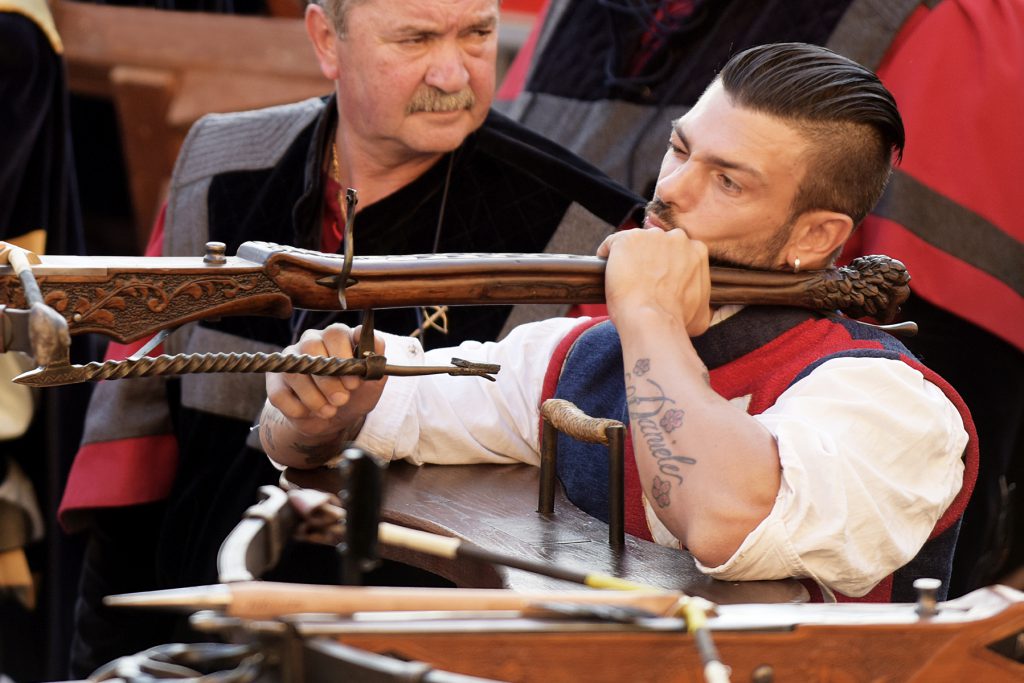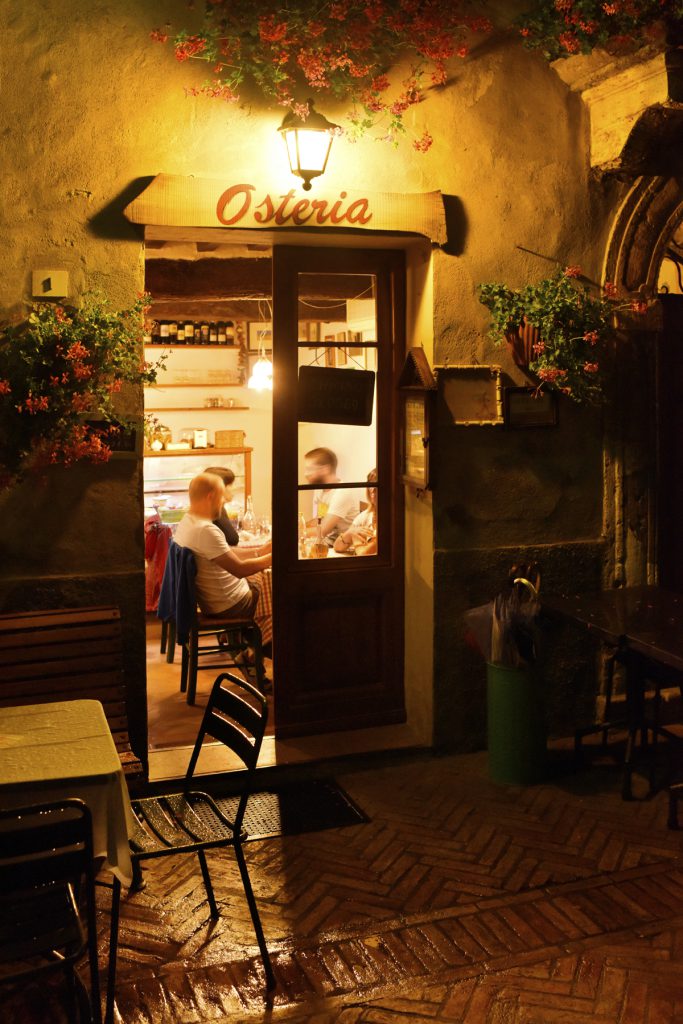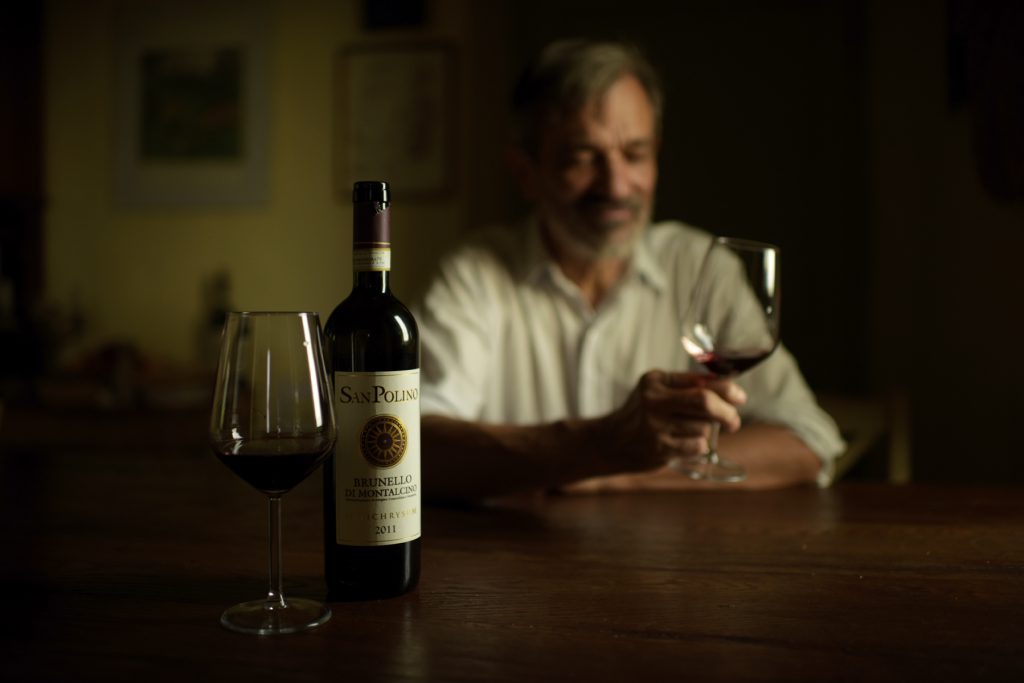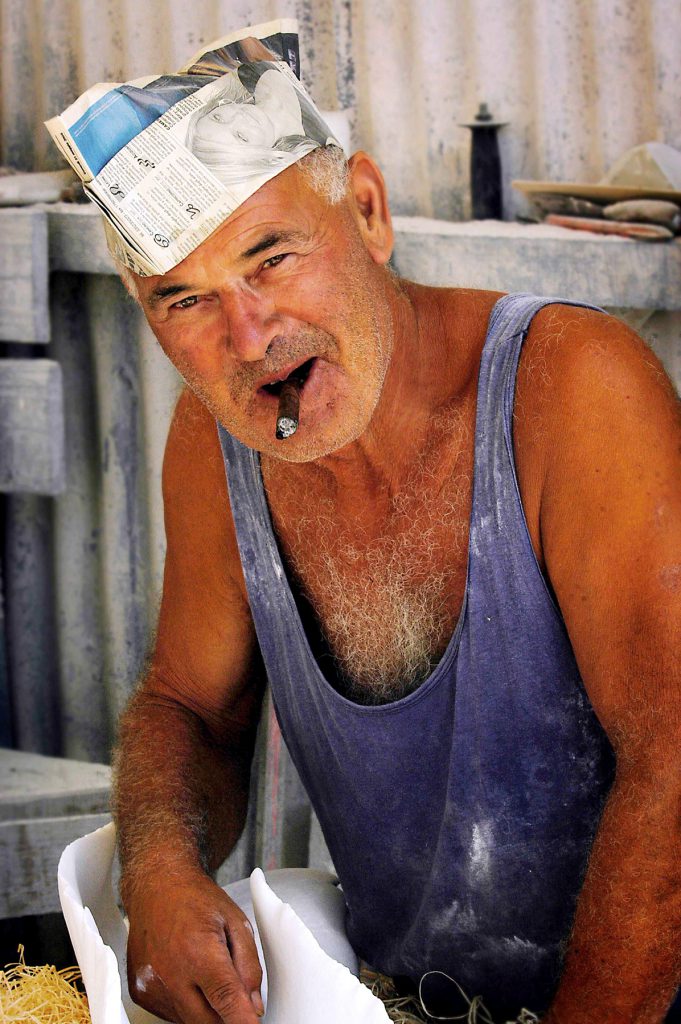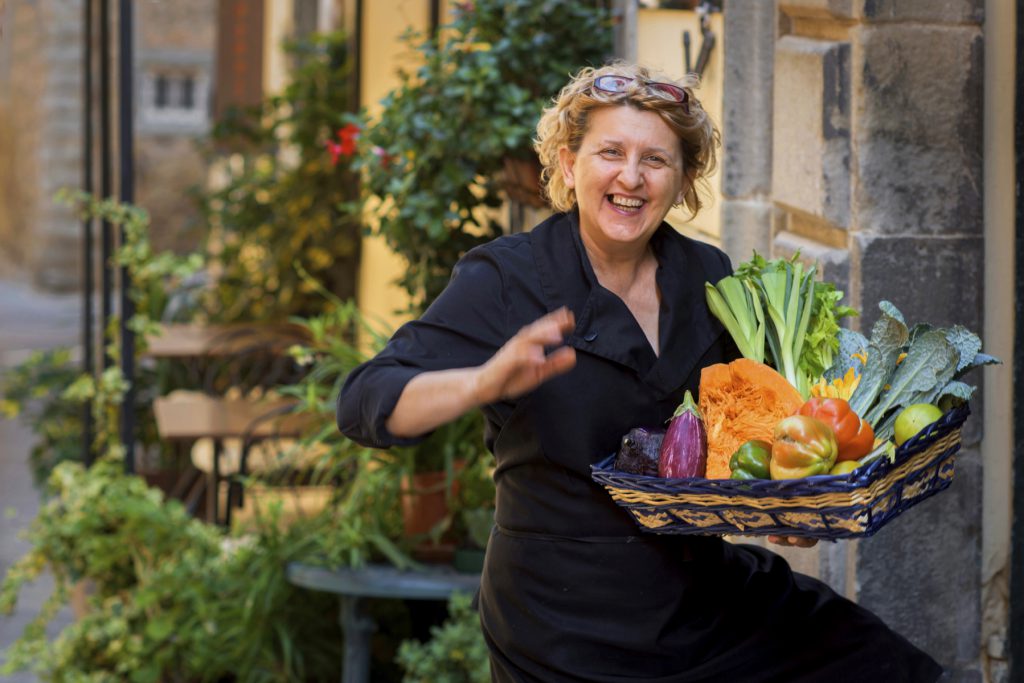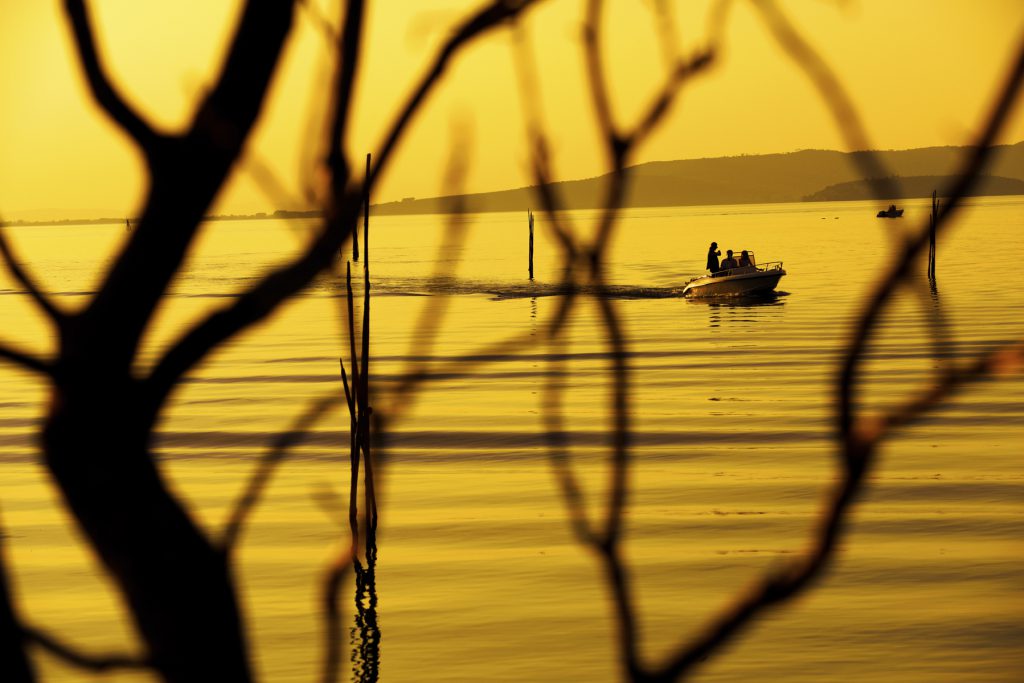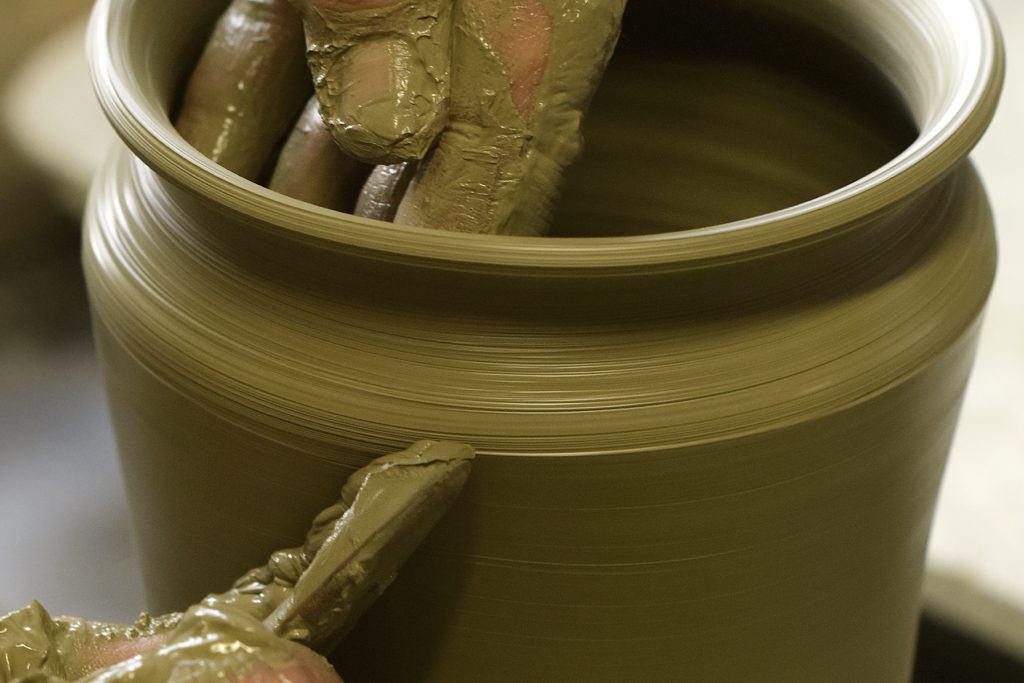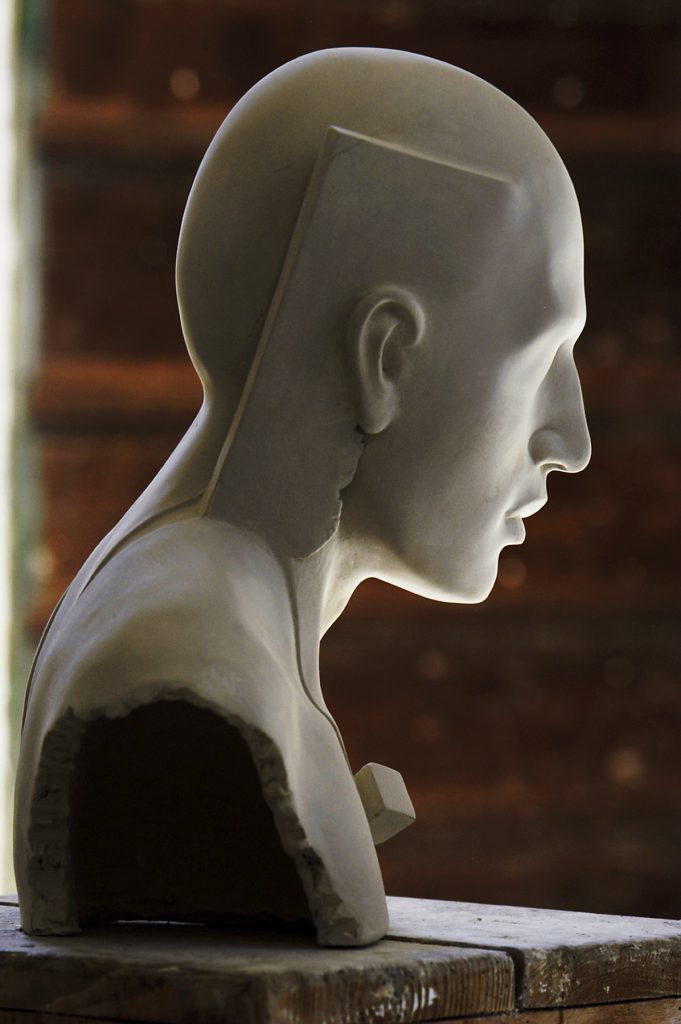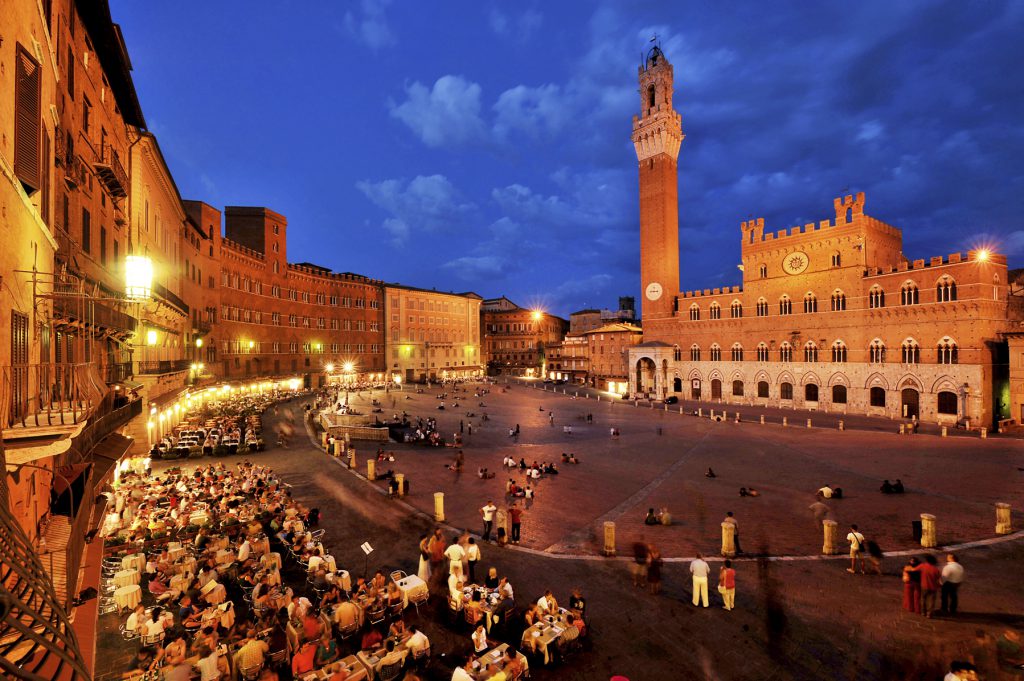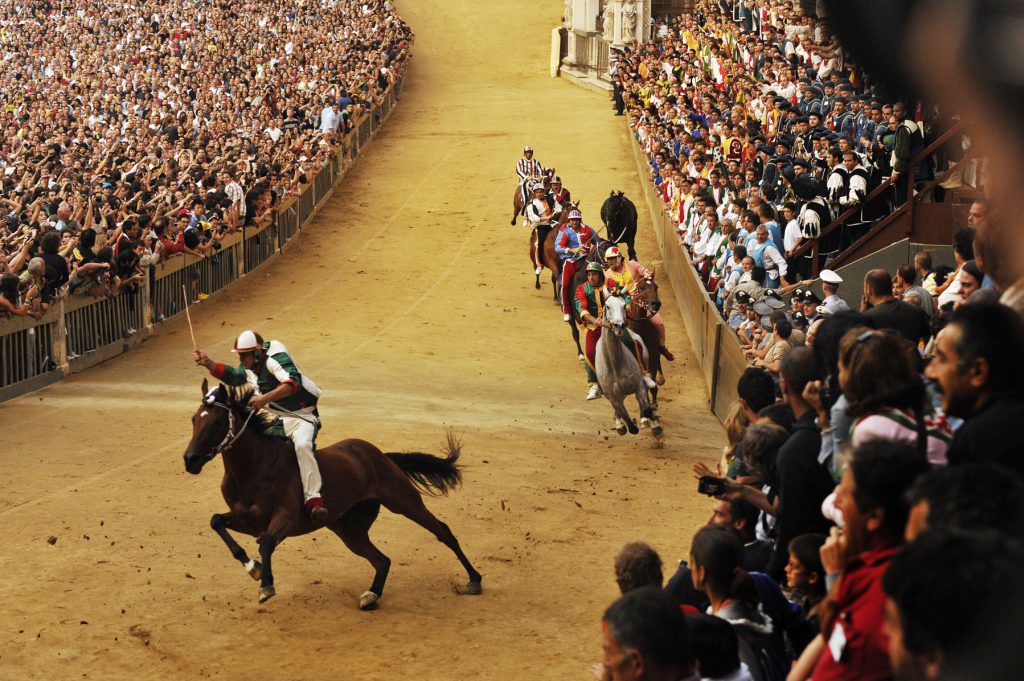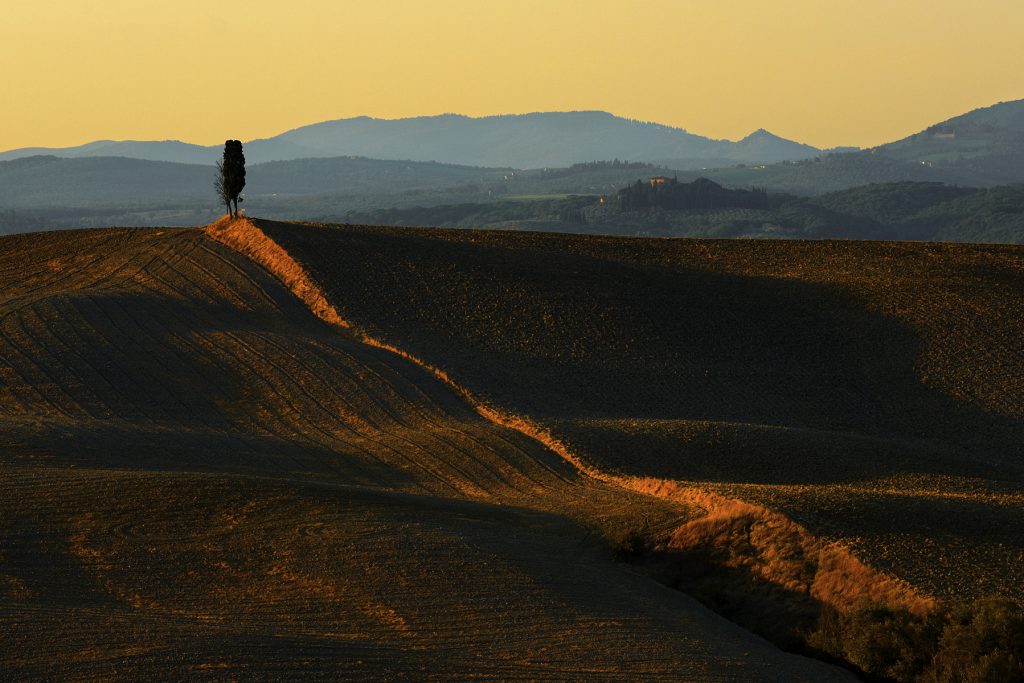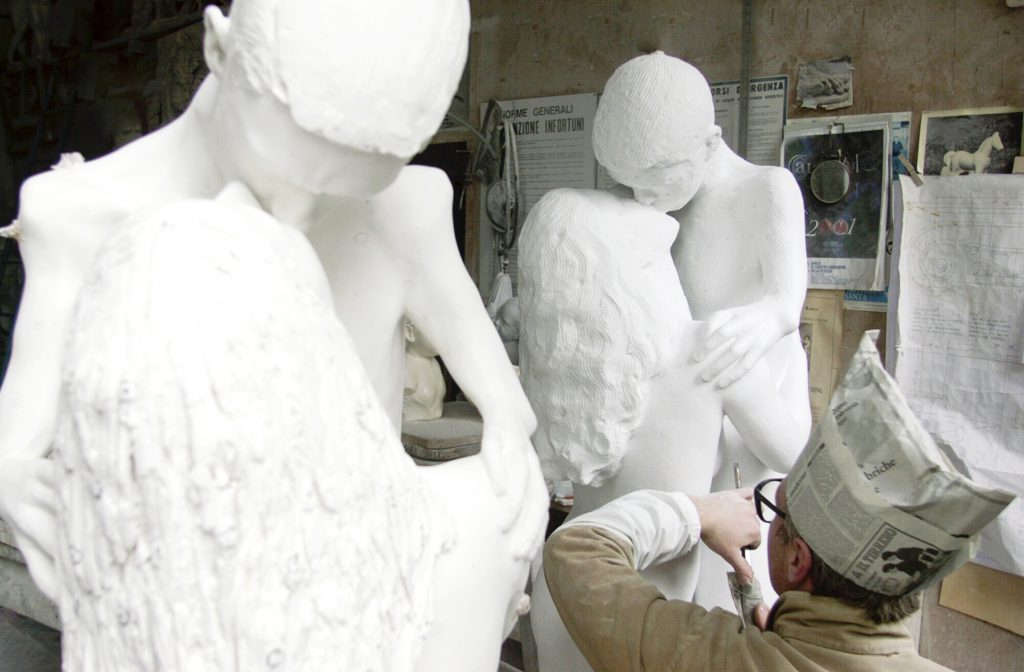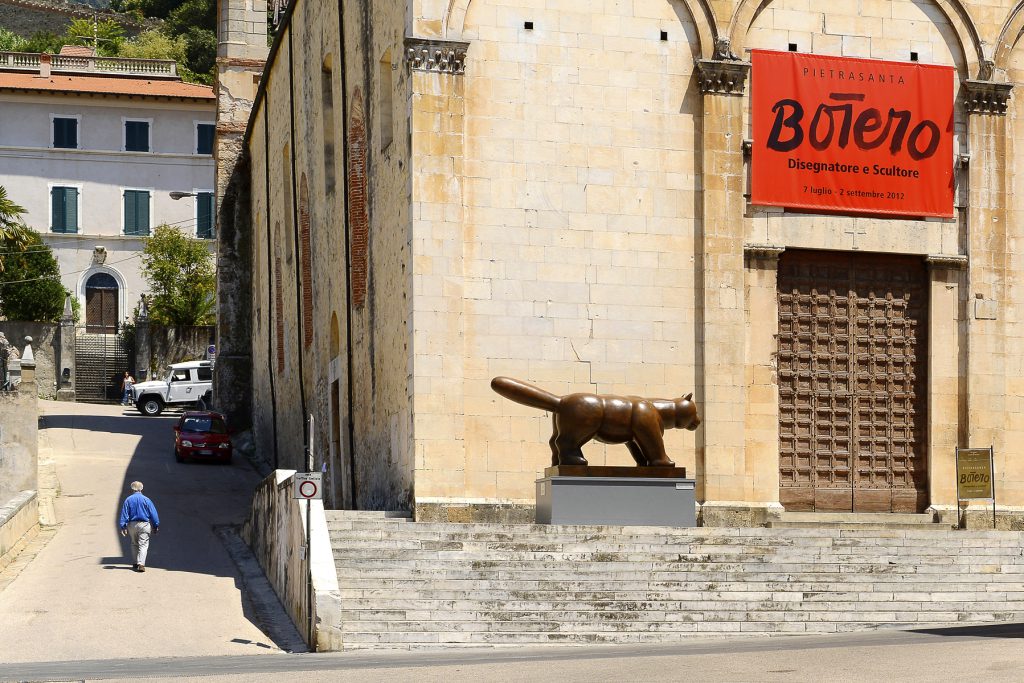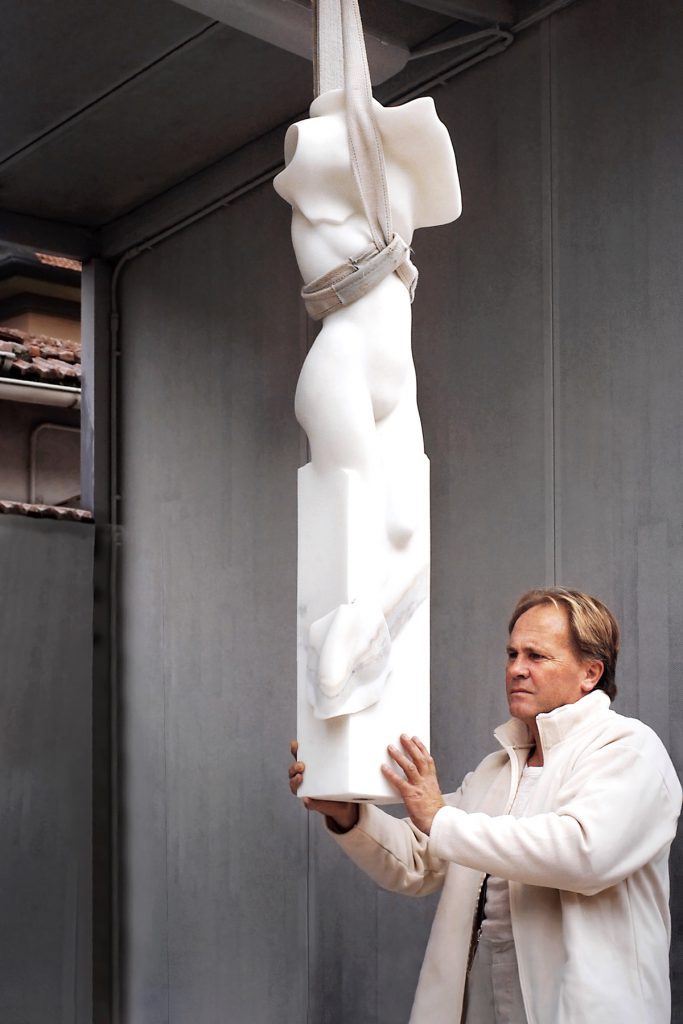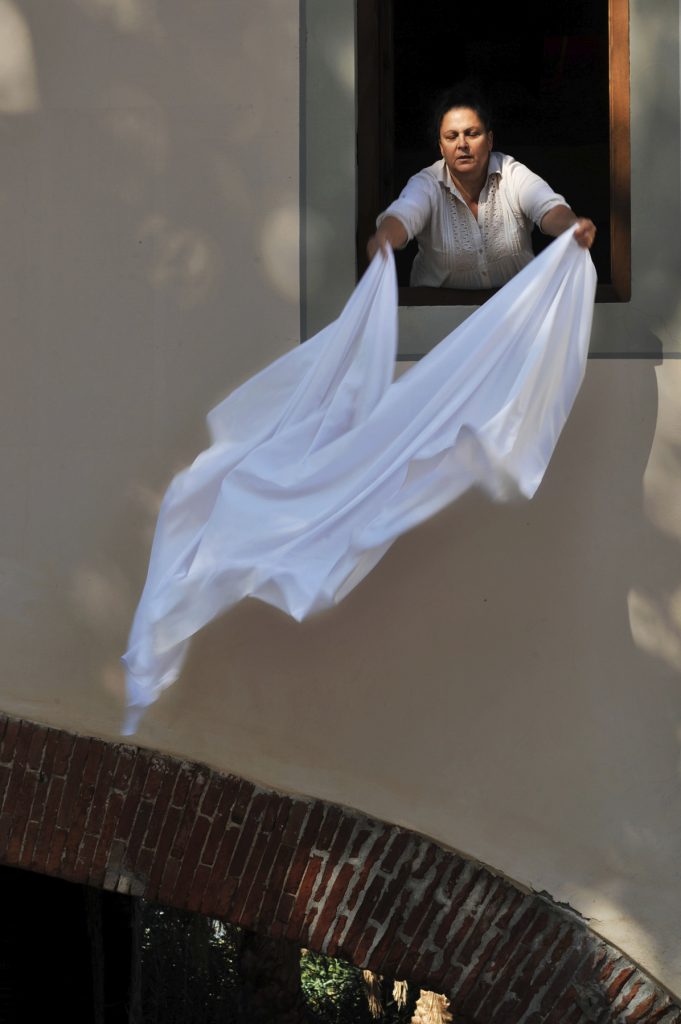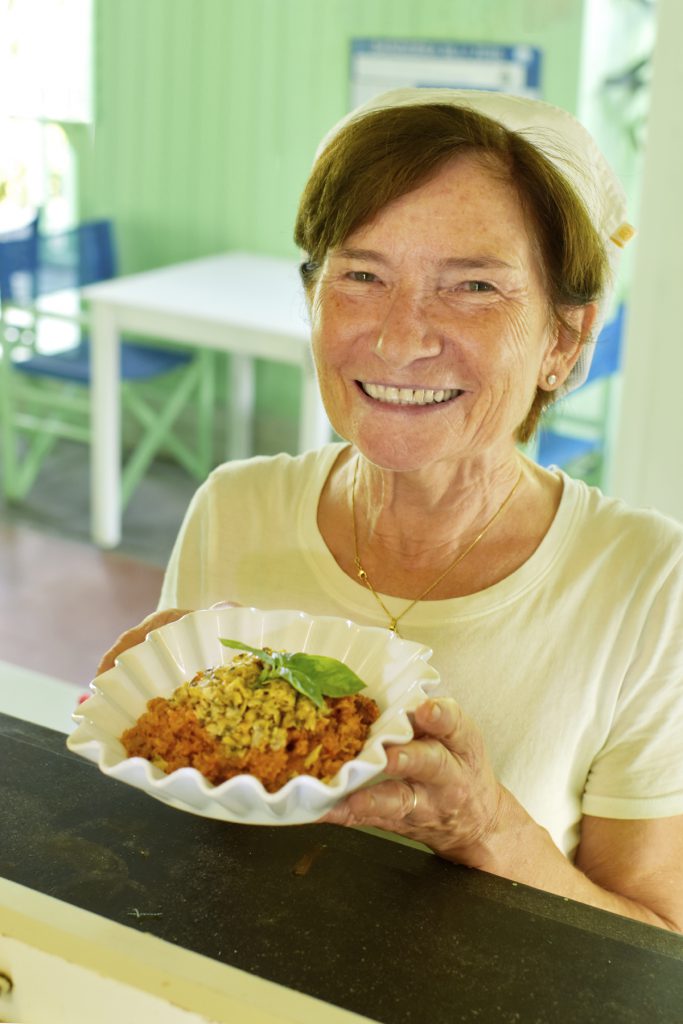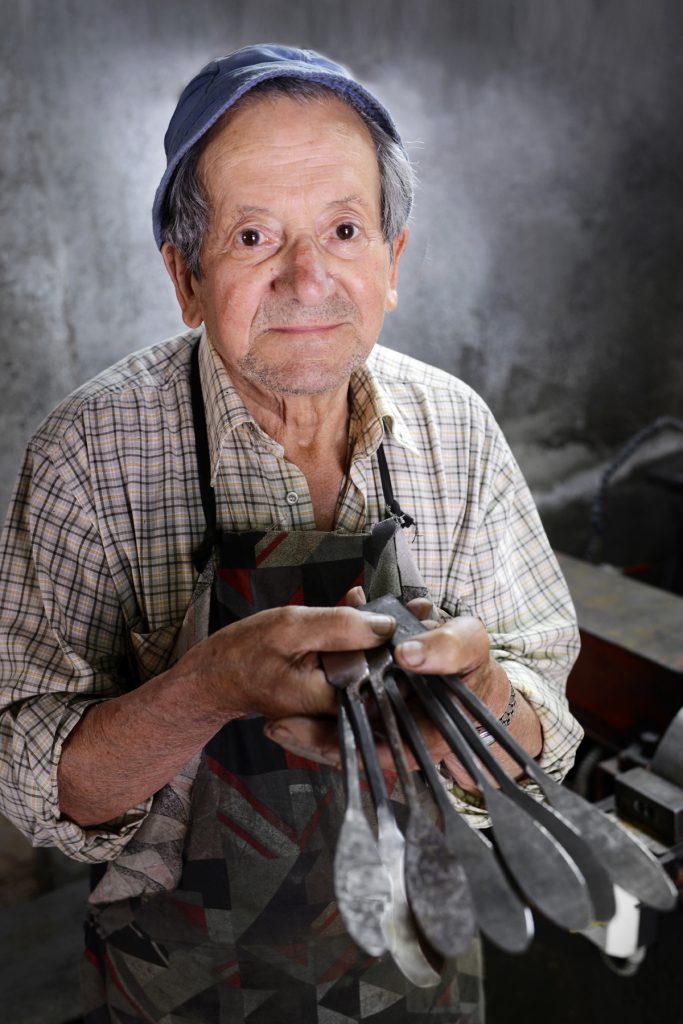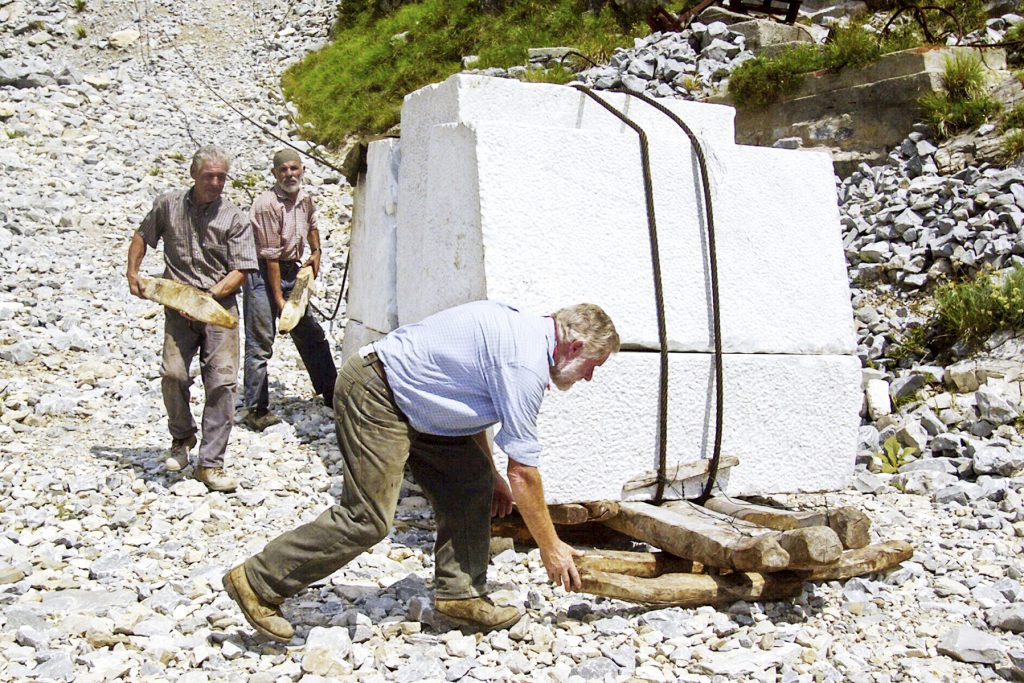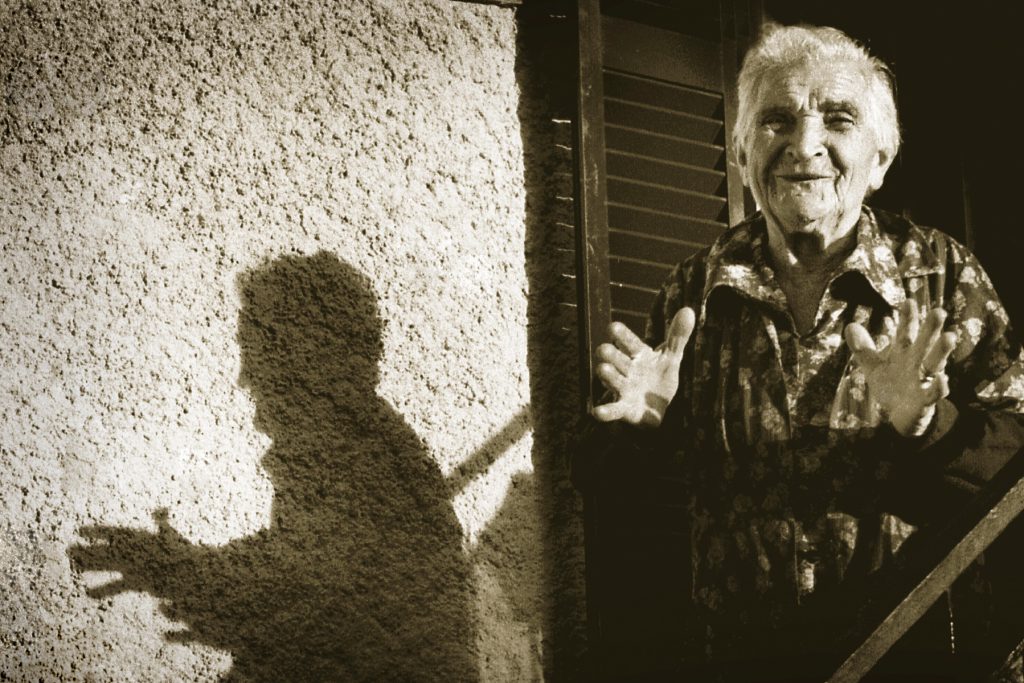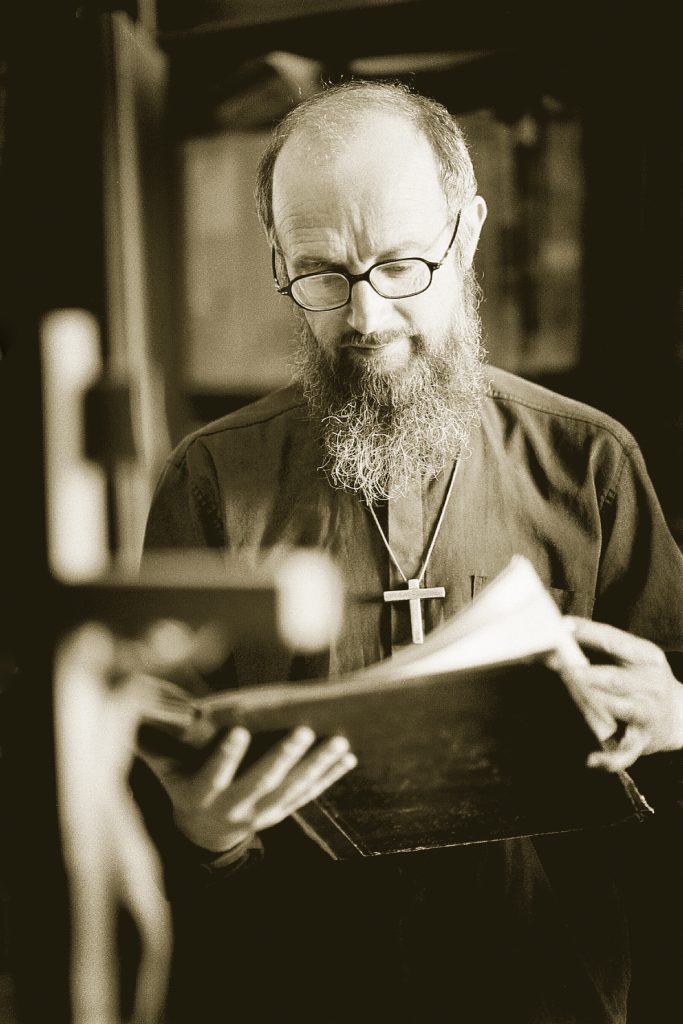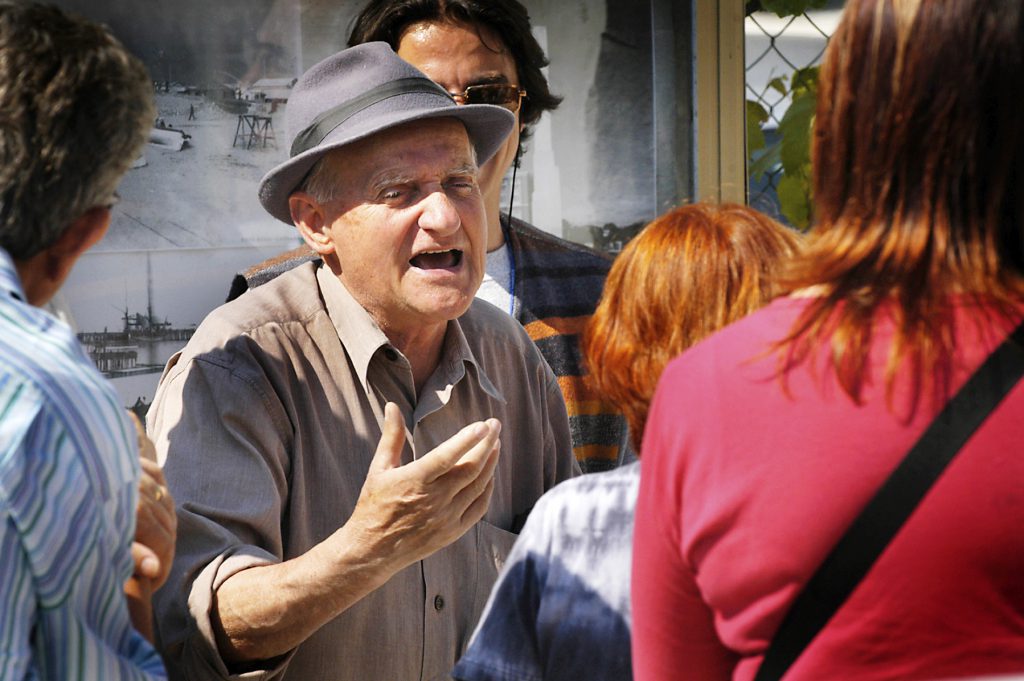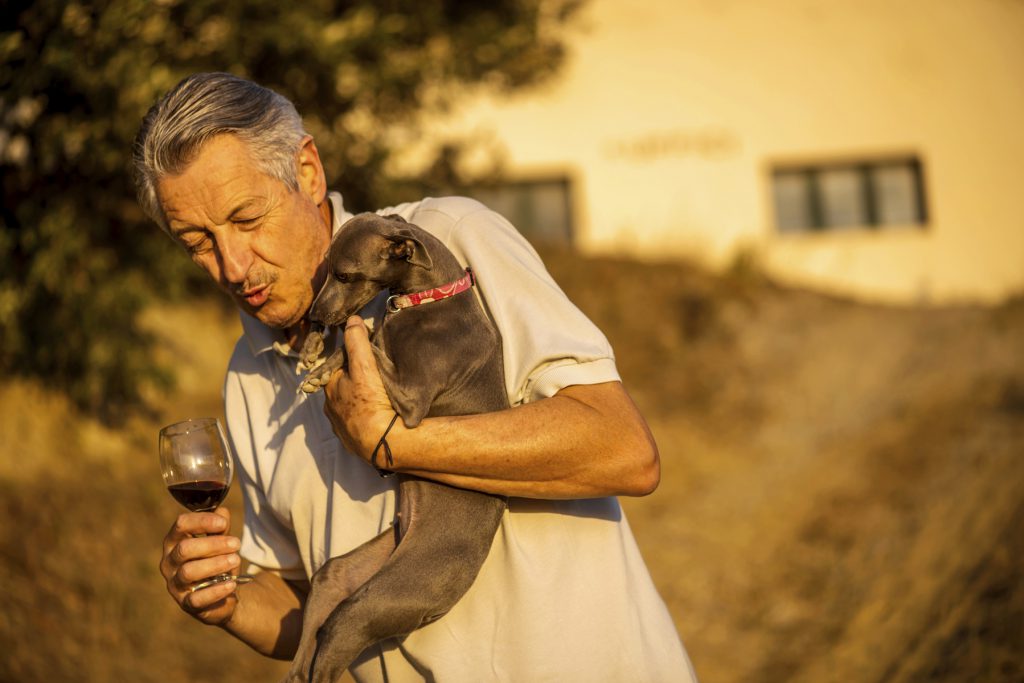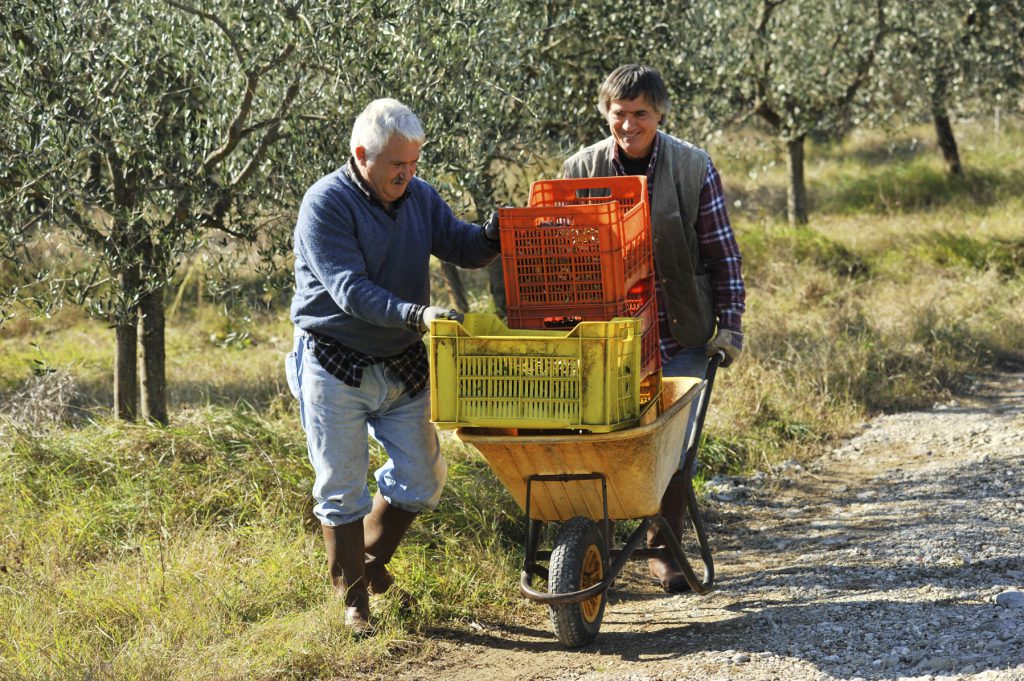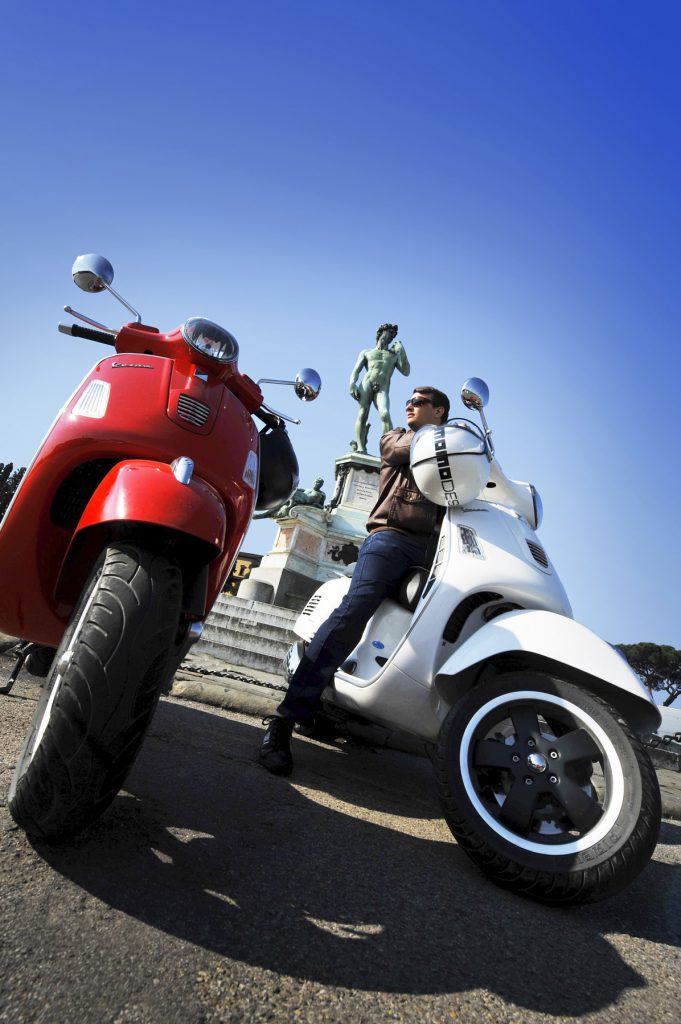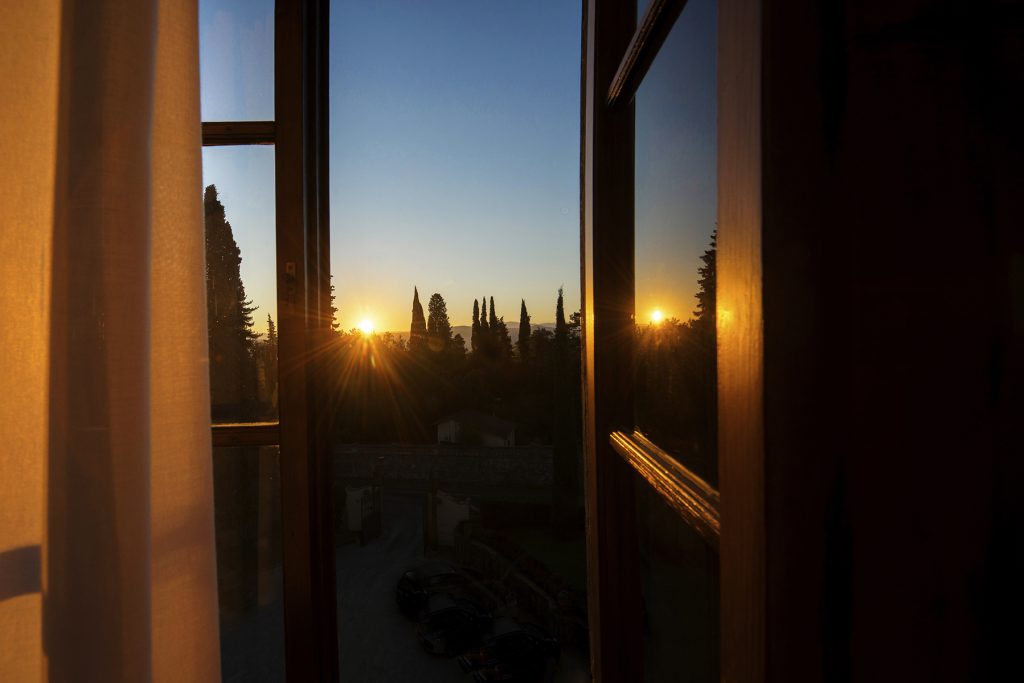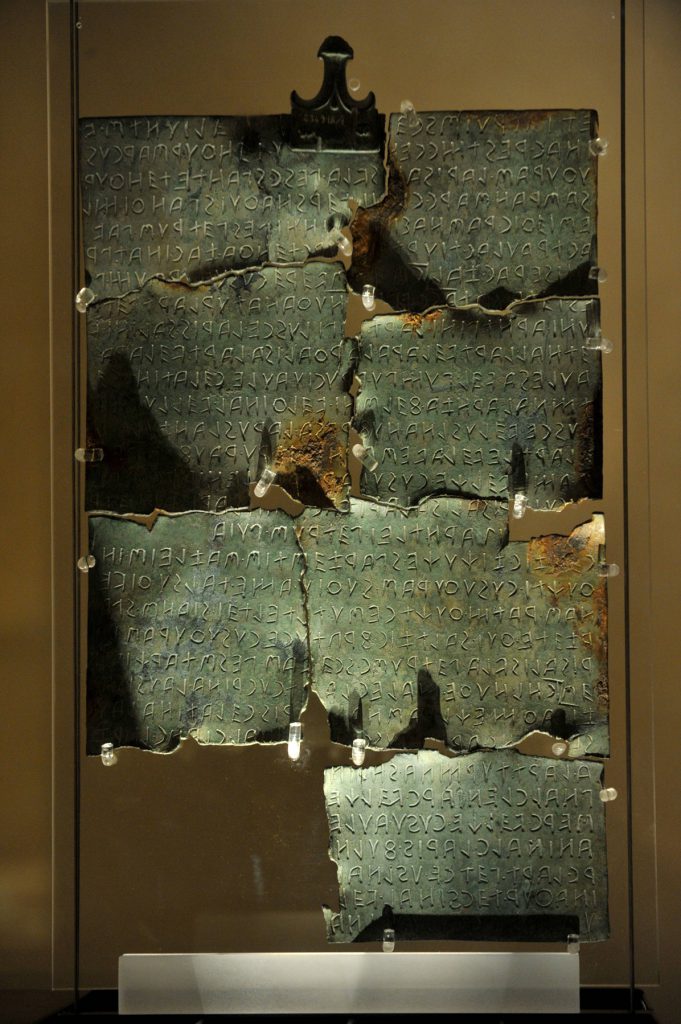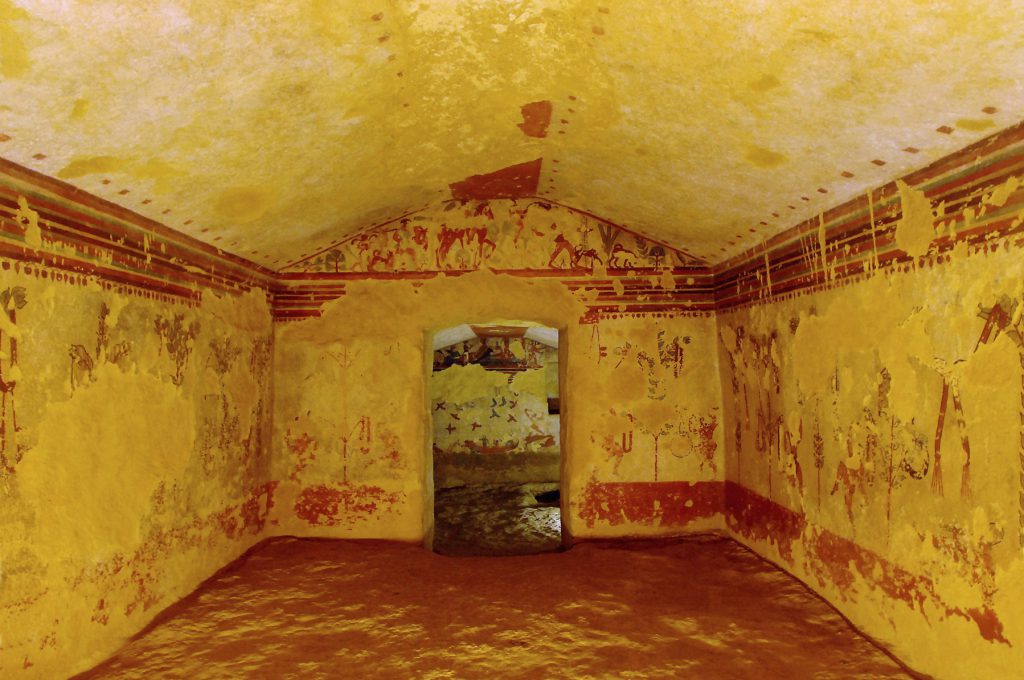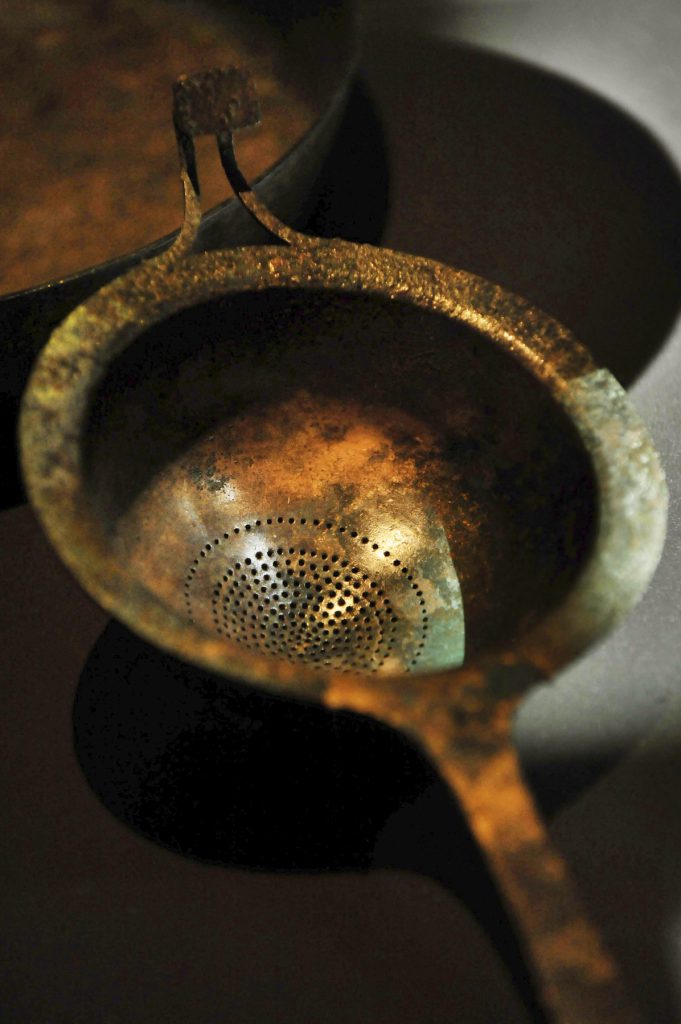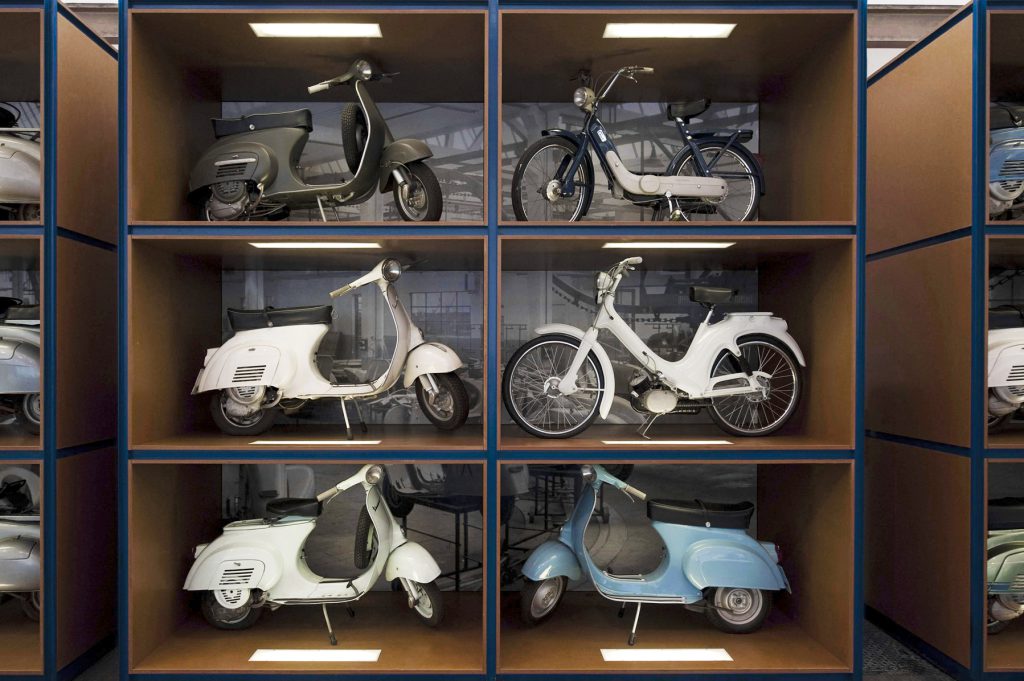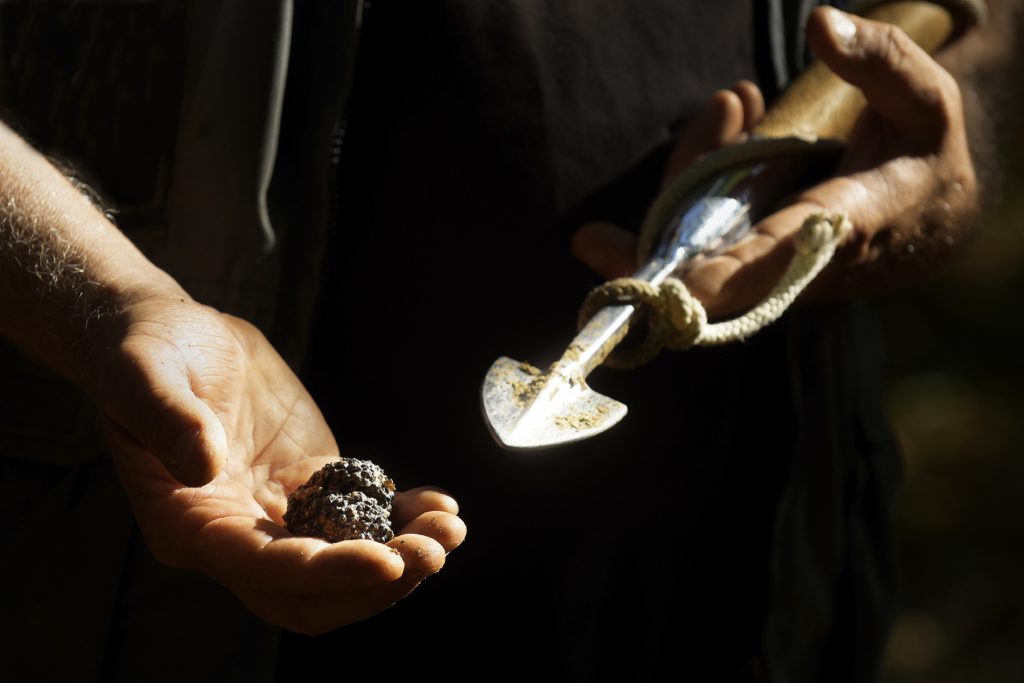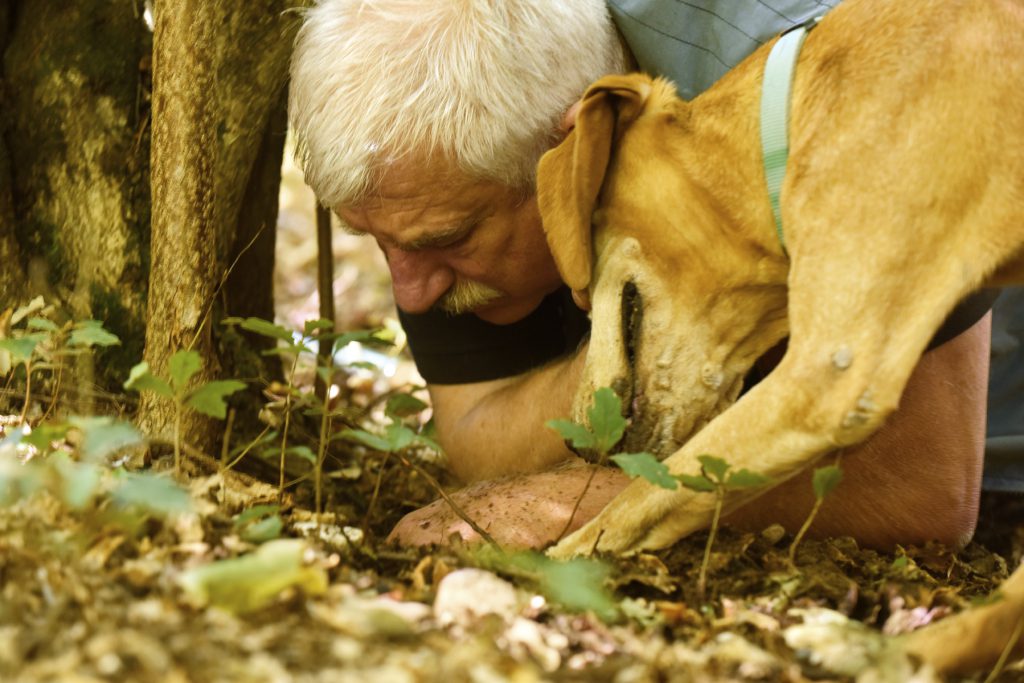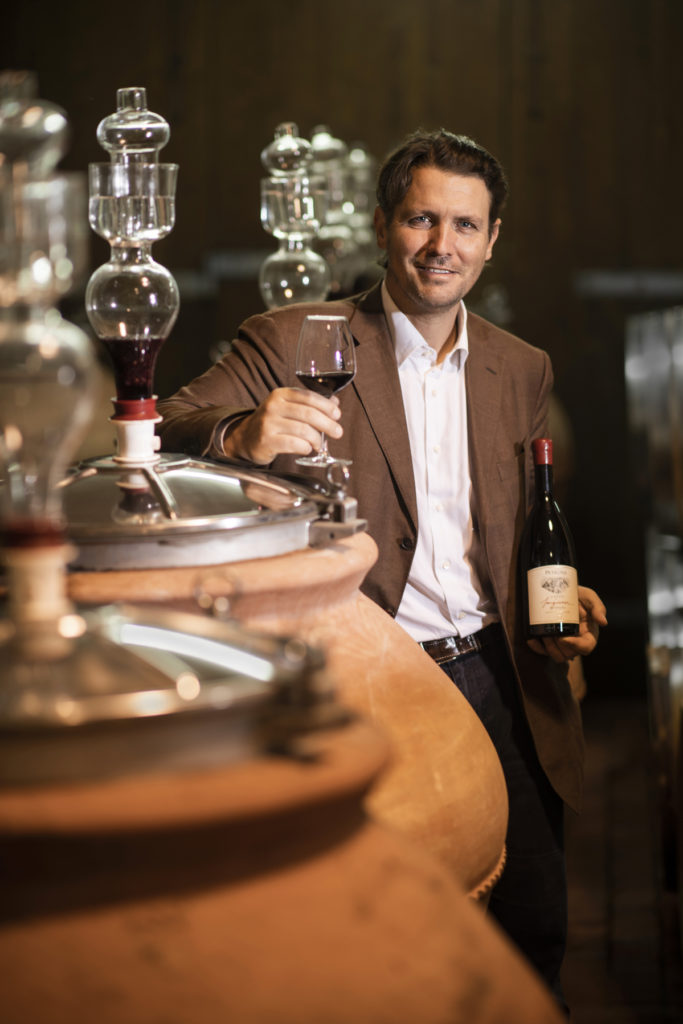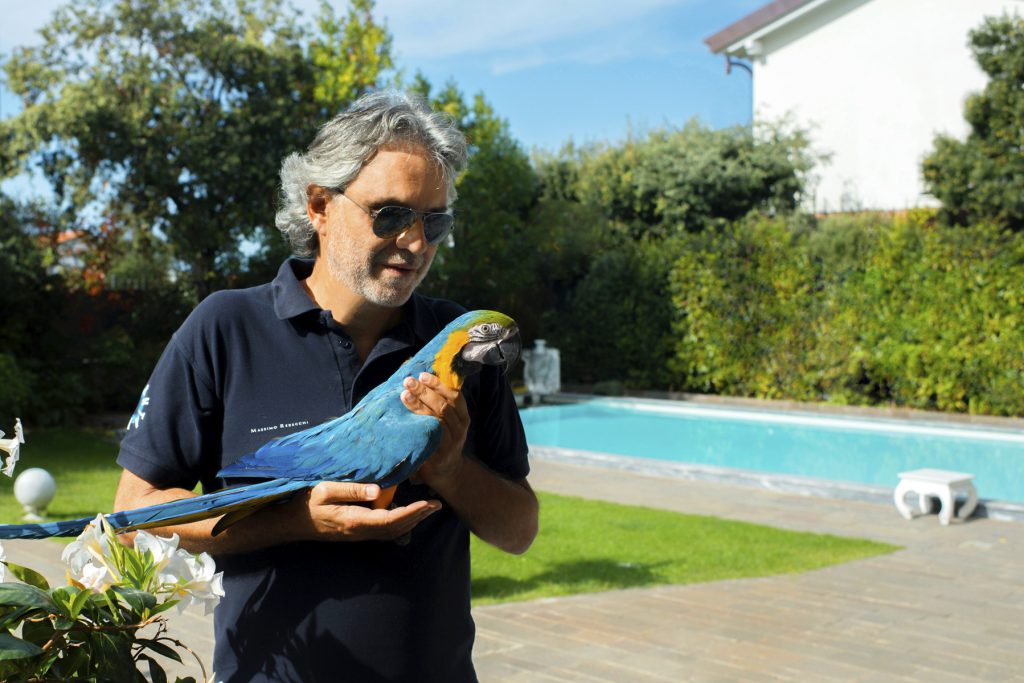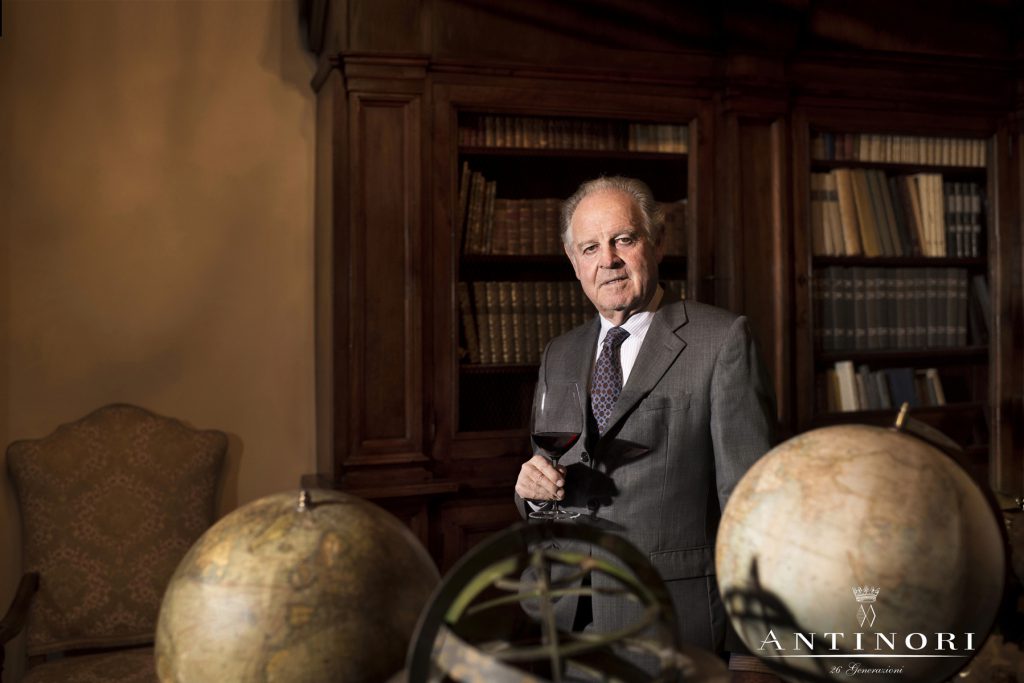DOLCE ETRURIA (book in progress)
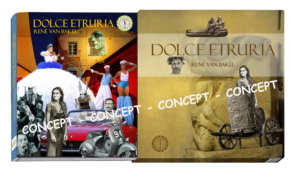
RENÉ VAN BAKELs DOLCE ETRURIA
Text & photos: René van Bakel
Languages: English - German - Italian - French - Spanish
256 pages 24/30 cm including slipcase
Opulent coffee table book with big photos & text
CONTENTS
A look at the History and Present of La Dolce Vita
Photographer and book author René van Bakel has put himself on a quest to discover the origin of La Dolce Vita, already since the early 2000's. He traced its origin all the way back to the Etruscans. On top of that, van Bakel evaluates how much of their ancient "dolce vita" culture has survived and still shapes everyday life in central Italy and far beyond. For this he conducted numerous visits, interviews, photo/video reports, and portrait shoots of people who have become successful today, in a trade already practiced by the Etruscans thousands of years ago.
Who were the Etruscans, and what did they do?
During the height of their culture (7th and 6th century BC) the Etruscan area stretched from the Po valley to Pompeii, Current Tuscany formed the biggest part and the core of the Etruscan influence. Because of this, and the great number of stories created.
The Rasenna, or Rasna as they called themselves, chose their territory wisely, occupying the most fertile lands. Beyond that, they secured access to a variety of natural resources, including iron, bronze, and the clay that served as the foundation for their ceramic art, utensils, and agriculture. The Etruscans were already constructing atrium houses with terracotta roofs, such as those in Vetulonia, and fortresses with distinctive patio structures, like those in Murlo, as early as the 7th century BC —long before Rome emerged as the superpower it would later become. Moreover, they controlled several important harbors and were accomplished horsemen, enabling them to export goods such as wine and olive oil across Europe and the northern Mediterranean.
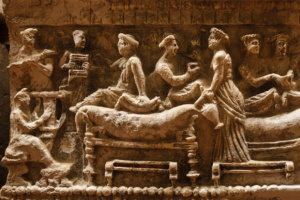
BAS RELIEF OF AN ETRUSCAN BANQUET (MUSEO GUARNACCI VOLTERRA)
The combination of fertile soil, abundant natural resources, and their prowess as tradesmen fostered a lifestyle of affluence and sophistication. This is vividly depicted in numerous mural paintings and bas-relief sculptures, which portray scenes of banquets and celebrations featuring elegantly dressed guests, musicians, and dancers adorned with intricate hairstyles and exquisite jewelry. Such an opulent lifestyle on such a scale was unprecedented in archaic Italy. This cultural flourishing led René van Bakel to conclude that the origins of the Italian Dolce Vita are most likely rooted in the rise of the Etruscans.
For this project, van Bakel has conducted and continues to conduct numerous interviews, creating a rich collection of portraits along the way. To ensure historical accuracy, he has collaborated with archaeologists and scientists. Similarly, he has been exploring traditional Etruscan trades and the origins of La Dolce Vita by visiting wine and olive growers, artisans, artists, architects, musicians, fashion experts, top chefs, and prominent personalities from the region whose crafts and professions can still be traced back to the Etruscans. Through this narrative, van Bakel spans the arc of history, connecting the Etruscan past to the present and illuminating the probable origins of La Dolce Vita.
Why La Dolce Vita?
The author has spent years in the military and as a war correspondent in many of the evil war zones in various parts of the world. There he experienced how people can destroy each other and everything around them. It created an immense desire to discover the opposite, so he decided to quit his job.
From then onward, van Bakel started to explore a more favorable side of life: people living together in peace, enjoying life and creating instead of destroying.
A famous quote of Charlie Chaplin comes to mind:
"You need Power only if you want to do something harmful. Otherwise Love is enough to get everything done."
By means of this this project René hopes to inspire people to live in peace, to create and to enjoy life, rather than to make war. It will also enable him to relate another story to his children.
A story of love, hope and creation.
A great multi-layered Odyssee, leading along many different trades, dreams and people, as well as into the parallel universe of ancient history in an extraordinary diverse and beautiful country. The protagonists share one key trait: they each had a dream, which they pursued with unwavering passion. Step by step, they worked toward their goals, all while savoring life alongside their friends and family, as if each day might be their last. Through open exchange and mutual reflection, they gained the insight needed to adapt and improve—because perfection is not achieved in a single day.
"La Dolce Vita" has fostered extraordinary beauty and remarkable opportunities for thousands of years, dating back to the time of the Etruscans. Let’s continue to celebrate and honor this rich history—but let’s do this in a sustainable way!
STRUCTURE (draft)
Table of Contents
Part I: Setting the Stage
- Preface
This book is a personal journey into the heart of Etruscan culture and its profound influence on Italy's heritage. I’ve always been fascinated by how the Etruscans’ achievements shaped not just their own era but also the essence of La Dolce Vita. In Dolce Etruria, I explore their history, lifestyle, and enduring legacy, weaving together my own reflections, interviews with experts, and the vibrant echoes of their presence in modern Italy.
- Introduction: A Historical Depiction of the Villanovan and Etruscan People A historical depiction of the Villanovan and Etruscan people, incorporating new theories about their origins based on the latest discoveries and insights, along with an explanation of their significance in shaping the history of La Dolce Vita. An important part of this exploration forms their enigmatic language, which offers clues to their mysterious origins, their connections to neighboring civilizations, and their enduring legacy.
Part II: Lifestyle and Legacy
- Examples of Etruscan Lifestyle Related to La Dolce Vita
A comparison of Etruscan traditions and their modern-day equivalents, featuring portraits and interviews conducted at various museums in Etruscan territories. This chapter also highlights local inhabitants and renowned personalities whose work can still be traced back to the Etruscans, with further details explored in the subsequent chapters. - Italian Cuisine
Featuring recipes that date back to Etruscan times and exploring the lasting influence of the Etruscans on modern-day cooking in the regions that were once part of their territory. - Wine and Olive Oil Production
A comparison of Etruscan winemaking traditions with modern methods, highlighting how some wineries have successfully revived ancient practices, supported by scientific research, as a viable and sustainable approach. - Fashion
An exploration of Etruscan fashion, highlighting their intricate clothing designs, elaborate hairstyles, and exquisite jewelry, as depicted in ancient murals and artifacts. This chapter examines how their sense of style influenced Roman fashion and later trends in Italy and beyond, and how traces of their elegance continue to inspire modern designers worldwide.
Part III: Cultural and Societal Contributions
- Art, Artisanry, and Culture
An exploration of how these crafts have evolved over the millennia and how knowledge and traditions have been preserved and passed down through generations, but also how, in the age of digitalization, these ancient trades are now at risk of disappearing. - Music
A deep dive into the role of music in Etruscan culture, from its presence in religious rituals and celebrations to its depiction in murals and artifacts. This chapter explores how their musical traditions influenced later Italian music and how echoes of these ancient melodies and instruments can still be found in the region's cultural heritage today. - Theatre and Games
An examination of the role of theatre and games in Etruscan society, from their influence on Roman amphitheaters and dramatic traditions to their popular athletic competitions and public festivities. This chapter delves into how these cultural activities shaped communal life and entertainment in the ancient world and how their legacy endures in modern theatrical and sporting traditions. - Etruscan Festivals and Celebrations (Optional Addition)
Highlight their community events and religious festivals, tying them to modern Italian festivals like Palio di Siena.
Part IV: Engineering and Technical Mastery
- Architecture
A focus on Etruscan achievements in irrigation systems and architectural feats, such as the Cloaca Maxima and patio/atrium buildings. This chapter also explores how the ancient building style of stone houses with terracotta floors, ceilings, and roofs remains prevalent in Italy today. - Iron, Bronze, Ceramics, and Gold
A look at the extraordinary craftsmanship of the Etruscans, which continues to inspire and challenge modern artists and artisans. And how, even with the aid of advanced tools and machinery, emulating their skill remains a formidable task. - Shipbuilding, Fishing, and Seafaring
An exploration of the Etruscans' advanced shipbuilding techniques, their expertise in fishing, and their remarkable seafaring skills, which allowed them to establish extensive trade networks across the Mediterranean. This chapter examines how these traditions influenced maritime practices in subsequent civilizations and how echoes of their innovations can still be found in modern seafaring and shipbuilding.
Part V: The Intellectual and Spiritual World
- Spiritual Life
An exploration of Etruscan spirituality, including their complex pantheon of gods, divination practices, and beliefs surrounding the afterlife. This chapter delves into their rituals, sacred sites, and burial customs, shedding light on how their spiritual worldview influenced Roman religion and continues to fascinate historians and archaeologists today.
Part VI: Reflections and Expert Insights
- Interviews with Archaeologists and Scientists
A collection of insightful conversations with experts specializing in the various fields explored in the preceding chapters. These interviews provide valuable perspectives on topics such as Etruscan language, art, architecture, spirituality, and cultural achievements, offering a deeper understanding of their enduring legacy and its relevance today. - Dolce Etruria: The Eternal Legacy
A reflective summary tying together the Etruscans' legacy and their profound influence on culture, art, and daily life, culminating in the essence of La Dolce Vita. This chapter also offers a personal perspective on the possible origins of the Etruscan people and how their unique lifestyle and values laid the foundation for Italy's enduring celebration of beauty, passion, and the art of living well.
DOLCE ETRURIA (book in progress)

RENÉ VAN BAKELs DOLCE ETRURIA
Text & photos: René van Bakel
Languages: English - German - Italian - French - Spanish
256 pages 24/30 cm including slipcase
Opulent coffee table book with big photos & text
CONTENTS
A look at the History and Present of La Dolce Vita
Photographer and book author René van Bakel has put himself on a quest to discover the origin of La Dolce Vita, already since the early 2000's. He traced its origin all the way back to the Etruscans. On top of that, van Bakel evaluates how much of their ancient "dolce vita" culture has survived and still shapes everyday life in central Italy and far beyond. For this he conducted numerous visits, interviews, photo/video reports, and portrait shoots of people who have become successful today, in a trade already practiced by the Etruscans thousands of years ago.
Who were the Etruscans, and what did they do?
During the height of their culture (7th and 6th century BC) the Etruscan area stretched from the Po valley to Pompeii, Current Tuscany formed the biggest part and the core of the Etruscan influence. Because of this, and the great number of stories created.
The Rasenna, or Rasna as they called themselves, chose their territory wisely, occupying the most fertile lands. Beyond that, they secured access to a variety of natural resources, including iron, bronze, and the clay that served as the foundation for their ceramic art, utensils, and agriculture. The Etruscans were already constructing atrium houses with terracotta roofs, such as those in Vetulonia, and fortresses with distinctive patio structures, like those in Murlo, as early as the 7th century BC —long before Rome emerged as the superpower it would later become. Moreover, they controlled several important harbors and were accomplished horsemen, enabling them to export goods such as wine and olive oil across Europe and the northern Mediterranean.

BAS RELIEF OF AN ETRUSCAN BANQUET (MUSEO GUARNACCI VOLTERRA)
The combination of fertile soil, abundant natural resources, and their prowess as tradesmen fostered a lifestyle of affluence and sophistication. This is vividly depicted in numerous mural paintings and bas-relief sculptures, which portray scenes of banquets and celebrations featuring elegantly dressed guests, musicians, and dancers adorned with intricate hairstyles and exquisite jewelry. Such an opulent lifestyle on such a scale was unprecedented in archaic Italy. This cultural flourishing led René van Bakel to conclude that the origins of the Italian Dolce Vita are most likely rooted in the rise of the Etruscans.
For this project, van Bakel has conducted and continues to conduct numerous interviews, creating a rich collection of portraits along the way. To ensure historical accuracy, he has collaborated with archaeologists and scientists. Similarly, he has been exploring traditional Etruscan trades and the origins of La Dolce Vita by visiting wine and olive growers, artisans, artists, architects, musicians, fashion experts, top chefs, and prominent personalities from the region whose crafts and professions can still be traced back to the Etruscans. Through this narrative, van Bakel spans the arc of history, connecting the Etruscan past to the present and illuminating the probable origins of La Dolce Vita.
Why La Dolce Vita?
The author has spent years in the military and as a war correspondent in many of the evil war zones in various parts of the world. There he experienced how people can destroy each other and everything around them. It created an immense desire to discover the opposite, so he decided to quit his job.
From then onward, van Bakel started to explore a more favorable side of life: people living together in peace, enjoying life and creating instead of destroying.
A famous quote of Charlie Chaplin comes to mind:
"You need Power only if you want to do something harmful. Otherwise Love is enough to get everything done."
By means of this this project René hopes to inspire people to live in peace, to create and to enjoy life, rather than to make war. It will also enable him to relate another story to his children.
A story of love, hope and creation.
A great multi-layered Odyssee, leading along many different trades, dreams and people, as well as into the parallel universe of ancient history in an extraordinary diverse and beautiful country. The protagonists share one key trait: they each had a dream, which they pursued with unwavering passion. Step by step, they worked toward their goals, all while savoring life alongside their friends and family, as if each day might be their last. Through open exchange and mutual reflection, they gained the insight needed to adapt and improve—because perfection is not achieved in a single day.
"La Dolce Vita" has fostered extraordinary beauty and remarkable opportunities for thousands of years, dating back to the time of the Etruscans. Let’s continue to celebrate and honor this rich history—but let’s do this in a sustainable way!
STRUCTURE (draft)
Table of Contents
Part I: Setting the Stage
- Preface
This book is a personal journey into the heart of Etruscan culture and its profound influence on Italy's heritage. I’ve always been fascinated by how the Etruscans’ achievements shaped not just their own era but also the essence of La Dolce Vita. In Dolce Etruria, I explore their history, lifestyle, and enduring legacy, weaving together my own reflections, interviews with experts, and the vibrant echoes of their presence in modern Italy.
- Introduction: A Historical Depiction of the Villanovan and Etruscan People A historical depiction of the Villanovan and Etruscan people, incorporating new theories about their origins based on the latest discoveries and insights, along with an explanation of their significance in shaping the history of La Dolce Vita. An important part of this exploration forms their enigmatic language, which offers clues to their mysterious origins, their connections to neighboring civilizations, and their enduring legacy.
Part II: Lifestyle and Legacy
- Examples of Etruscan Lifestyle Related to La Dolce Vita
A comparison of Etruscan traditions and their modern-day equivalents, featuring portraits and interviews conducted at various museums in Etruscan territories. This chapter also highlights local inhabitants and renowned personalities whose work can still be traced back to the Etruscans, with further details explored in the subsequent chapters. - Italian Cuisine
Featuring recipes that date back to Etruscan times and exploring the lasting influence of the Etruscans on modern-day cooking in the regions that were once part of their territory. - Wine and Olive Oil Production
A comparison of Etruscan winemaking traditions with modern methods, highlighting how some wineries have successfully revived ancient practices, supported by scientific research, as a viable and sustainable approach. - Fashion
An exploration of Etruscan fashion, highlighting their intricate clothing designs, elaborate hairstyles, and exquisite jewelry, as depicted in ancient murals and artifacts. This chapter examines how their sense of style influenced Roman fashion and later trends in Italy and beyond, and how traces of their elegance continue to inspire modern designers worldwide.
Part III: Cultural and Societal Contributions
- Art, Artisanry, and Culture
An exploration of how these crafts have evolved over the millennia and how knowledge and traditions have been preserved and passed down through generations, but also how, in the age of digitalization, these ancient trades are now at risk of disappearing. - Music
A deep dive into the role of music in Etruscan culture, from its presence in religious rituals and celebrations to its depiction in murals and artifacts. This chapter explores how their musical traditions influenced later Italian music and how echoes of these ancient melodies and instruments can still be found in the region's cultural heritage today. - Theatre and Games
An examination of the role of theatre and games in Etruscan society, from their influence on Roman amphitheaters and dramatic traditions to their popular athletic competitions and public festivities. This chapter delves into how these cultural activities shaped communal life and entertainment in the ancient world and how their legacy endures in modern theatrical and sporting traditions. - Etruscan Festivals and Celebrations (Optional Addition)
Highlight their community events and religious festivals, tying them to modern Italian festivals like Palio di Siena.
Part IV: Engineering and Technical Mastery
- Architecture
A focus on Etruscan achievements in irrigation systems and architectural feats, such as the Cloaca Maxima and patio/atrium buildings. This chapter also explores how the ancient building style of stone houses with terracotta floors, ceilings, and roofs remains prevalent in Italy today. - Iron, Bronze, Ceramics, and Gold
A look at the extraordinary craftsmanship of the Etruscans, which continues to inspire and challenge modern artists and artisans. And how, even with the aid of advanced tools and machinery, emulating their skill remains a formidable task. - Shipbuilding, Fishing, and Seafaring
An exploration of the Etruscans' advanced shipbuilding techniques, their expertise in fishing, and their remarkable seafaring skills, which allowed them to establish extensive trade networks across the Mediterranean. This chapter examines how these traditions influenced maritime practices in subsequent civilizations and how echoes of their innovations can still be found in modern seafaring and shipbuilding.
Part V: The Intellectual and Spiritual World
- Spiritual Life
An exploration of Etruscan spirituality, including their complex pantheon of gods, divination practices, and beliefs surrounding the afterlife. This chapter delves into their rituals, sacred sites, and burial customs, shedding light on how their spiritual worldview influenced Roman religion and continues to fascinate historians and archaeologists today.
Part VI: Reflections and Expert Insights
- Interviews with Archaeologists and Scientists
A collection of insightful conversations with experts specializing in the various fields explored in the preceding chapters. These interviews provide valuable perspectives on topics such as Etruscan language, art, architecture, spirituality, and cultural achievements, offering a deeper understanding of their enduring legacy and its relevance today. - Dolce Etruria: The Eternal Legacy
A reflective summary tying together the Etruscans' legacy and their profound influence on culture, art, and daily life, culminating in the essence of La Dolce Vita. This chapter also offers a personal perspective on the possible origins of the Etruscan people and how their unique lifestyle and values laid the foundation for Italy's enduring celebration of beauty, passion, and the art of living well.

